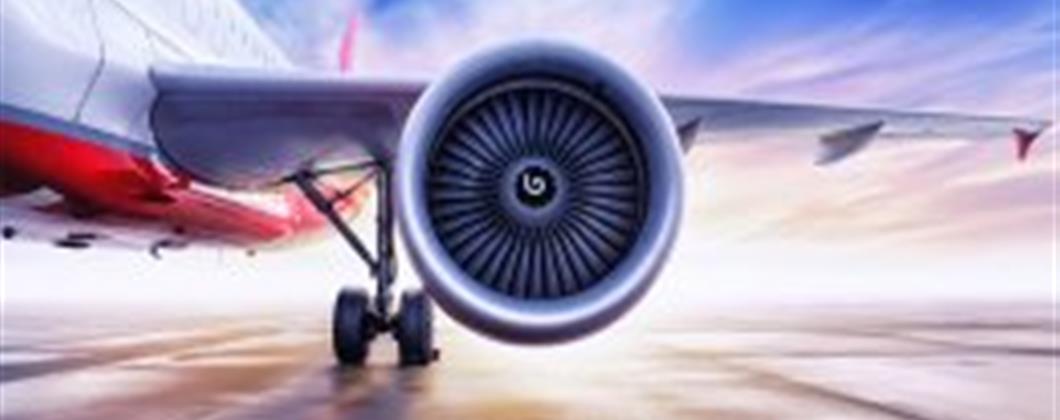How far can a commercial aircraft fly with total engine failure?

Engine failure is something that most people fear when setting off on a plane journey, despite its rarity, but how critical is engine failure to an aircraft, and how far can a commercial plane fly without the use of its engines?
The truth is, it’s very common for commercial aircraft to descend in what pilot and author Patrick Smith calls ‘flight idle’ in his book, Cockpit Confidential. This is when “…the engines run back to a zero-thrust condition…providing no push…It happens on just about every flight.” Each pilot is therefore experienced in flying without the use of any engines more often than you’d think.
Of course, the difference between a controlled glide and engine failure is that in the former the pilot has total control of when they begin the descent, so how far can a commercial aircraft glide and is it usually enough to get you safely to the ground?
The furthest flown by a passenger jet without engines was in 2001. The plane, carrying 293 passengers, lost power over the Atlantic Ocean, as unbeknownst to anyone it had been leaking fuel ever since leaving Toronto six hours prior. Without any power, Captain Robert Piche and first officer Dirk DeJager glided the Airbus A330 for 19 minutes, covering 75 miles before landing safely at Lajes Air Base.
How does a plane keep flying with engine failure?
The rules governing how far a plane can glide without power are known as the ‘lift to drag ratio’. The average commercial plane has a lift to drag ratio of 10:1, which means for every 10 miles travelled, it loses 1 mile in altitude. As the average cruising altitude is around 7 miles, this gives the average pilot around 70 miles to work with. In many cases, this is more than enough for a pilot to locate and divert to the nearest airport.
Of course, there have been scenarios of engine failure closer to the ground. Such an event occurred in 2009 when a commercial aircraft left LaGuardia Airport and struck a flock of Canada geese, leading to the failure of both engines. Pilots Chesley Sullenberger and Jeffrey Skiles were forced to land the aircraft on the Hudson River, unable to make it to an airport. Everyone on board survived and the event, labelled ‘The Miracle on the Hudson’ was dramatised in the 2016 film ‘Sully’.
